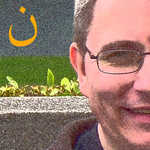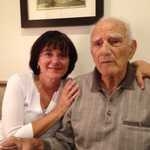What’s that dirty old piece of wood, painted red, on the wall of Today’s Coffee Shop? Well, when you are in one of Australia’s surfing capitals, you can expect to see prized old surf boards used as decoration. Antiques, as it were. Torquay is the home of Bell’s Beach, and, not by accident, the birth place of international surfwear labels, such as Rip Curl and Quicksilver. In 2002 the combined sales of Rip Curl and Quicksilver accounted for 43% of the global surf-wear market.
This raises the question as to how a small regional district of about 10,000 people came to dominate the national and global surf-gear industry so quickly and so comprehensively. In short, just how did two small surf-gear suppliers in such a relatively remote location, and thousands of kilometres away from the lucrative European and North American markets, become, in the space of 25 years, two of the best known global surf-wear brands? 1
The answer to this question apparently has to do with something called “Cluster Theory and Competitive advantage.
Torquay was the site of Australia’s first Malibu board riding back in 1956; about five years later the Bells Beach Pro, one of the world’s oldest annual surfing competitions, was established along with Rip Curl and Quicksilver. So, Torquay is famous for both short boards and board shorts.
Incidentally, the reason I have surfing on the mind at the moment is that Easter (next week) is a big moment for the surfing community: the Bells Beach ‘Rip Curl Pro’ that I mentioned. So, anyone who likes to watch surfies at work better get on a plane and get down here. Otherwise you may want to check out one of these film clips: biggest waves, surfing Bells, Rip Curl Classic or the road there + Bells and Cathedral Rock.










